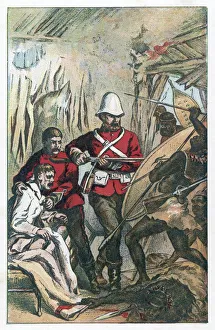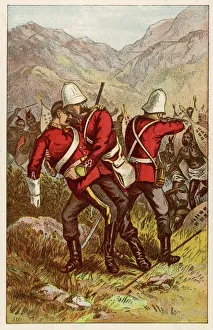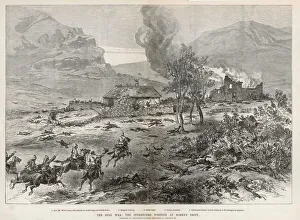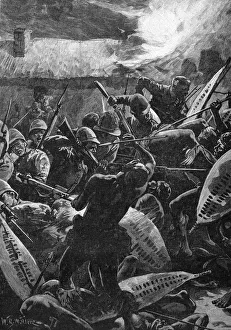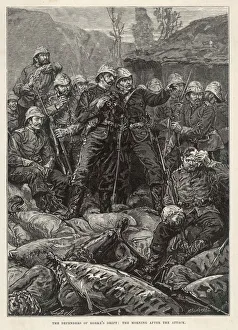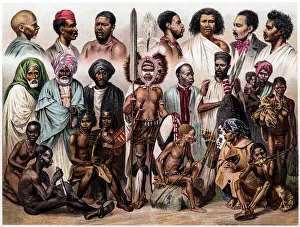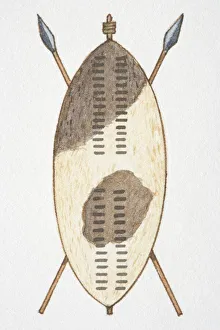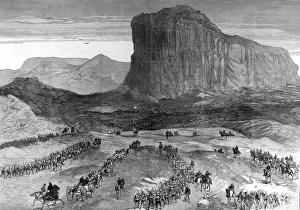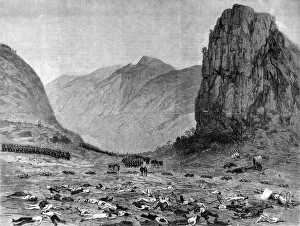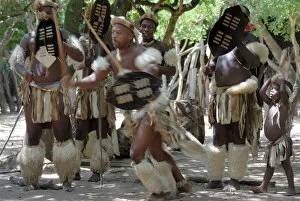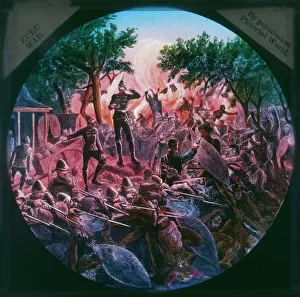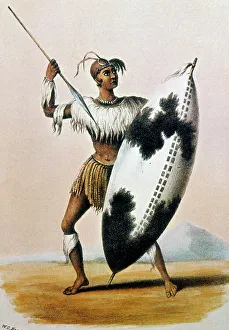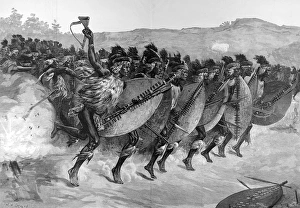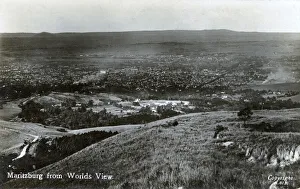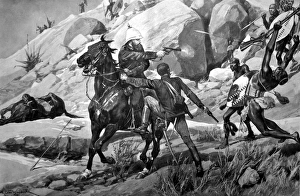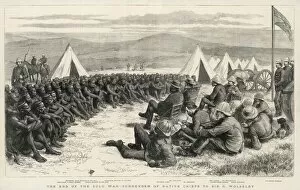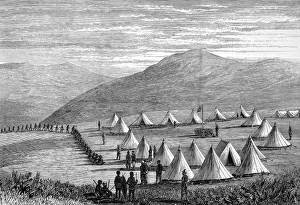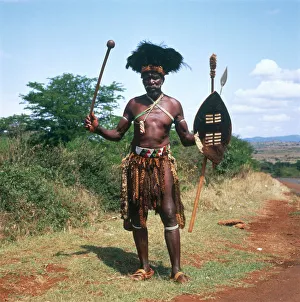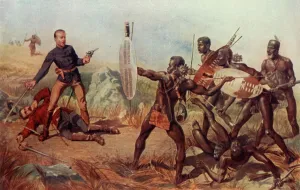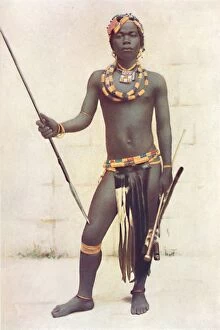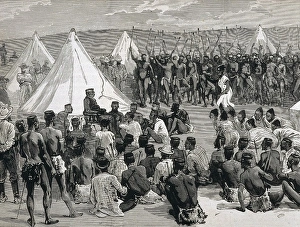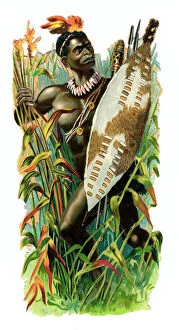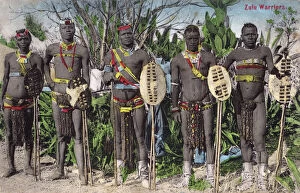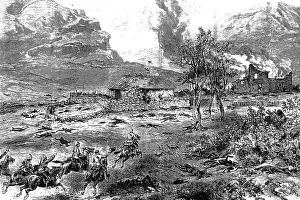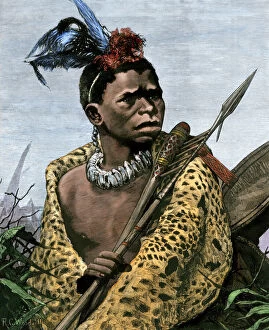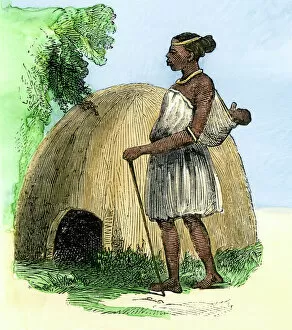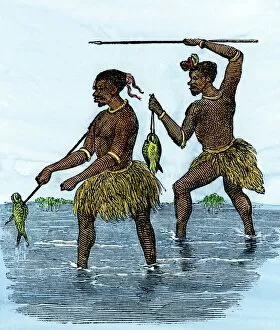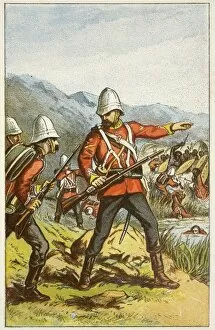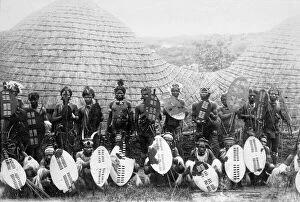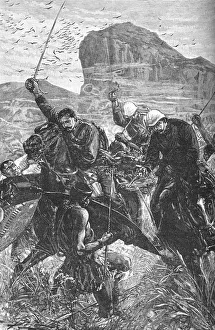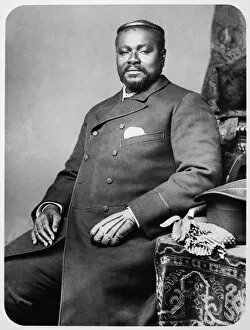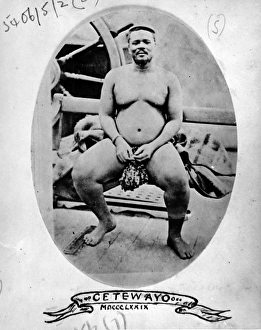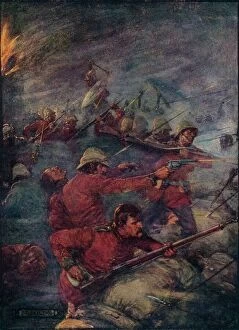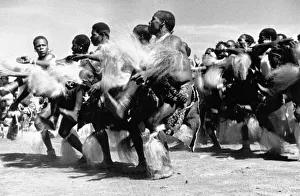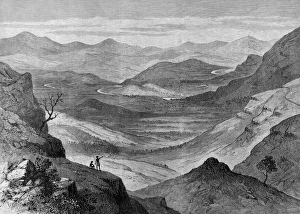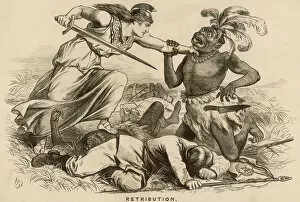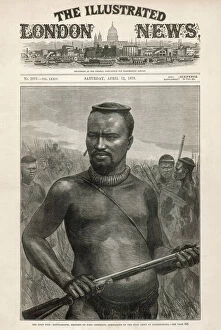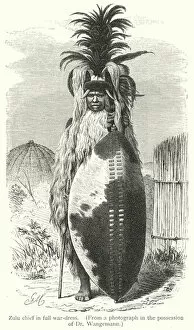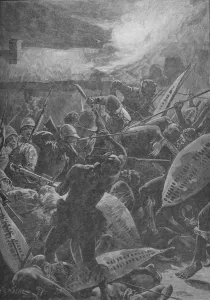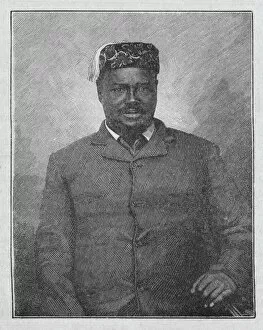Zulu Collection
"Zulu: A Rich Tapestry of African History and Culture" Step into the fascinating world of Zulu, a vibrant culture that has left an indelible mark on history
All Professionally Made to Order for Quick Shipping
"Zulu: A Rich Tapestry of African History and Culture" Step into the fascinating world of Zulu, a vibrant culture that has left an indelible mark on history. From the tumultuous battles of the Zulu War to the captivating tribal dances, this African people have captivated hearts worldwide. The Zulu War, particularly the Battle of Isandlwana and Rorke's Drift, stands as a testament to their fierce warrior spirit. These pivotal moments in history showcased both their bravery and strategic prowess against British forces. The echoes of these conflicts still resonate today. Beyond warfare, delve into the heart and soul culture. Explore Dumazula Cultural Village in South Africa for an authentic experience with a Zulu tribal dance group. Witness their rhythmic movements and colorful attire as they celebrate age-old traditions passed down through generations. Shaka Zulu remains an iconic figure within Zulu folklore. As chief of the clan during the early 19th century, his leadership skills were legendary. His portrait serves as a reminder of his influence on shaping South Africa's history. Witnessing firsthand how the Zulus advance to attack is awe-inspiring; their methodical approach showcases not only physical strength but also mental agility, and is a sight that leaves one humbled by their resilience and determination. Even in lighthearted depictions such as cartoons from Punch magazine during the era of colonialism, we see glimpses into how popular culture portrayed this significant period in time - forever intertwining "Zulu" with historical events. As you explore all facets related to "Zulu, " be it war or cultural heritage, immerse yourself in Africa's rich tapestry woven by this remarkable people who continue to shape our understanding of history even today.

